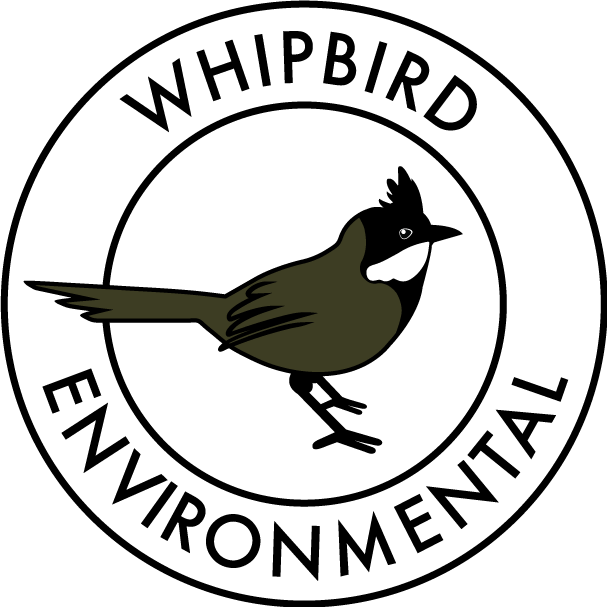Rhagodia candolleana (Sea Berry Saltbush) Australian Native Plant Profile
Rhagodia candolleana (Sea Berry Saltbush) by Jeff Harbrow
Description
Rhagodia candolleana, commonly known as Sea Berry Saltbush, is a local native plant species with a wide distribution. It is a hardy, evergreen shrub that typically grows to about 1-2 meters in height (it can get as tall as 4m in some situations), with fleshy, triangular leaves and inconspicuous flowers.
Growing Conditions
Rhagodia candolleana is well-adapted to a wide range of growing conditions, including sandy and clayey soils, and can tolerate both full sun and partial shade. It is also drought-tolerant and can withstand salt spray, making it a great choice for coastal gardens.
Habitat Value
Rhagodia candolleana provides habitat for local wildlife including: insects, birds, and small mammals. Its dense foliage and fleshy leaves provide cover and nesting sites for birds, and its salt-tolerant nature makes it important in coastal ecosystems for stabilizing sand dunes and preventing erosion.
Uses
Rhagodia candolleana can be used in environmental restoration projects for erosion control, particularly in coastal areas, due to its ability to tolerate salt spray and stabilize sandy soils. It is a go-to species in many dune revegetation projects.
Rhagodia candolleana can be used in gardens as a hardy, low-maintenance shrub for its attractive foliage and tolerance to various soil types and growing conditions. It can be used as a hedge, a screening plant, or in mixed garden beds for its ornamental value. Although its flowers are inconspicuous the foliage and stem colours are striking and Sea Berry Saltbush produces ornamental red fruits which are enjoyed by many bird species.
Propagation
Rhagodia candolleana can be propagated easily from seed or from semi-hardwood cuttings. Seeds should be sown in well-draining soil and kept moist until germination, which usually occurs within 2-4 weeks. Semi-hardwood cuttings can be taken in late summer to early autumn and rooted in a well-draining propagation mix with the use of a rooting hormone.
Related Article: Banksia integrifolia (Coastal Banksia)
Further Reading
https://finder.growingillawarranatives.org/plants/plant/436
https://plantnet.rbgsyd.nsw.gov.au/cgi-bin/NSWfl.pl?page=nswfl&lvl=in&name=Rhagodia~candolleana~subsp.+candolleana
http://plantselector.botanicgardens.sa.gov.au/Plants/Details/3640
https://vro.agriculture.vic.gov.au/dpi/vro/vrosite.nsf/pages/sip_seaberry_saltbush
http://flora.sa.gov.au/cgi-bin/speciesfacts_display.cgi?form=speciesfacts&name=Rhagodia_candolleana

